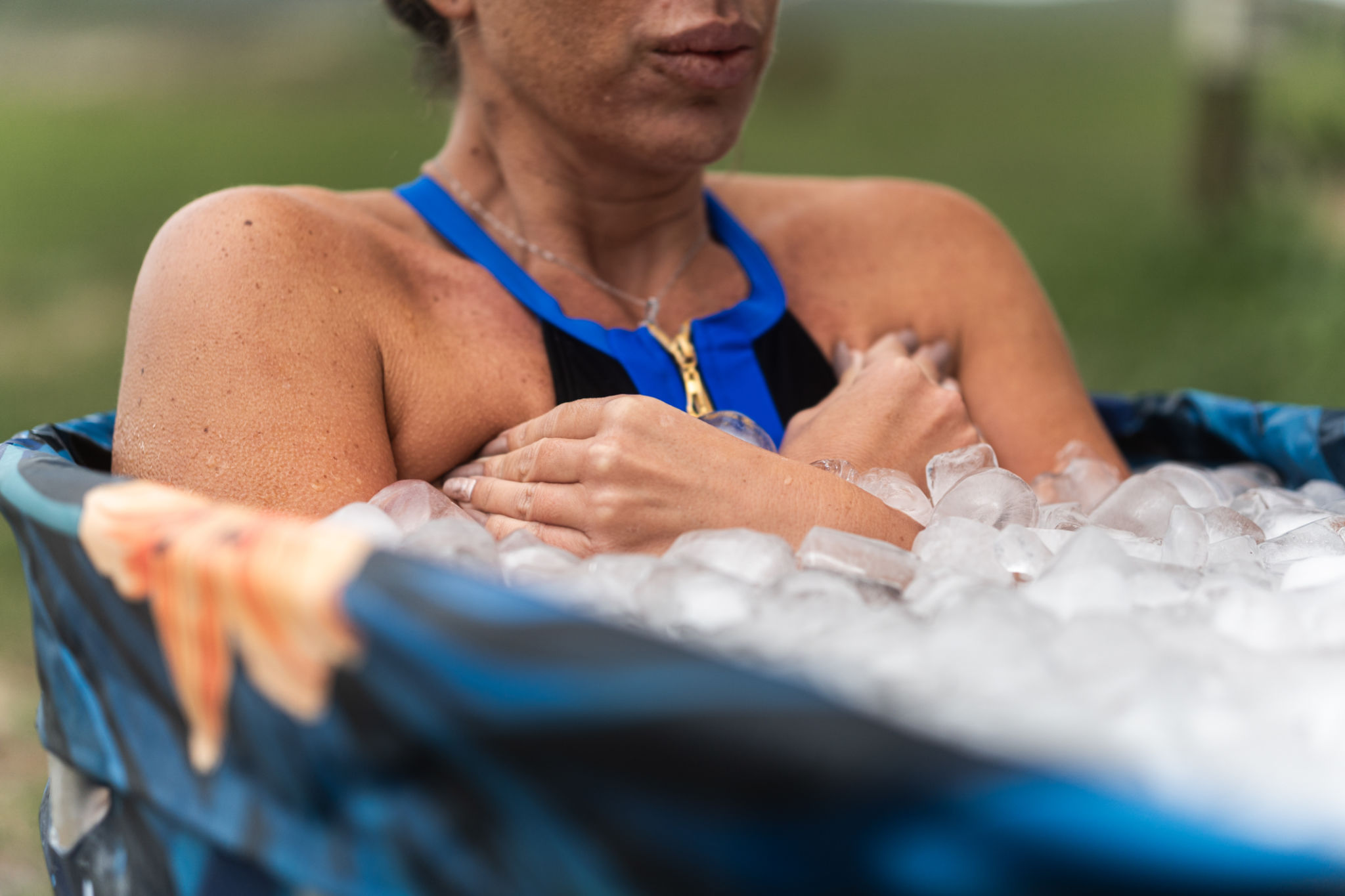How Cryotherapy Fits into an Athlete's Weekly Routine for Optimal Performance
The Rise of Cryotherapy in Sports
Cryotherapy, a treatment that involves exposing the body to extremely cold temperatures, has been gaining popularity among athletes for its potential benefits in enhancing recovery and performance. This innovative therapy is now being integrated into many athletes' weekly routines, offering a range of advantages that can contribute to optimal athletic performance.

Understanding Cryotherapy
Cryotherapy works by subjecting the body to temperatures as low as -200°F for a short duration, typically between two to four minutes. This extreme cold exposure is believed to reduce inflammation, alleviate muscle soreness, and promote faster recovery times. Athletes often use cryotherapy as a tool to recover from intense training sessions and competitions.
In addition to physical recovery, cryotherapy is also reported to have mental health benefits. The endorphin release induced by cold exposure can enhance mood and reduce stress, which can be particularly beneficial for athletes dealing with the pressures of competition.
Integrating Cryotherapy into Training
For athletes aiming to incorporate cryotherapy into their weekly routine, it is essential to strategize its use for maximum effectiveness. Here are some ways cryotherapy can be scheduled:
- Post-Workout Recovery: Utilizing cryotherapy after intense workouts can help reduce muscle soreness and speed up recovery.
- Pre-Competition: Some athletes opt for cryotherapy sessions before competitions to reduce inflammation and increase alertness.
- Rest Days: Incorporating cryotherapy on rest days can aid in overall recovery and help maintain peak performance levels.

Benefits of Regular Sessions
Regular cryotherapy sessions can offer cumulative benefits to athletes. Consistent exposure to cold temperatures may enhance circulation, improve joint function, and strengthen the immune system. These benefits can contribute to fewer injuries and more sustainable training programs over time.
However, it is crucial for athletes to listen to their bodies and consult with healthcare professionals to tailor the frequency and timing of cryotherapy sessions according to their individual needs and goals.
Potential Risks and Considerations
While cryotherapy can be advantageous, it is not without its risks. Athletes must ensure that they are using certified facilities and equipment to avoid potential injuries from incorrect exposure. Additionally, individuals with certain medical conditions should seek medical advice before undergoing cryotherapy.

The Future of Cryotherapy in Sports
The role of cryotherapy in sports is likely to expand as more research supports its benefits. As technology advances, we might see more personalized and accessible forms of cryotherapy being developed, making this therapy an integral part of athletic training regimens worldwide.
Ultimately, by strategically incorporating cryotherapy into their routines, athletes can optimize their performance, enhance recovery, and maintain a competitive edge in their respective sports.
